Thresholds of Perception
Catherine Christer Hennix
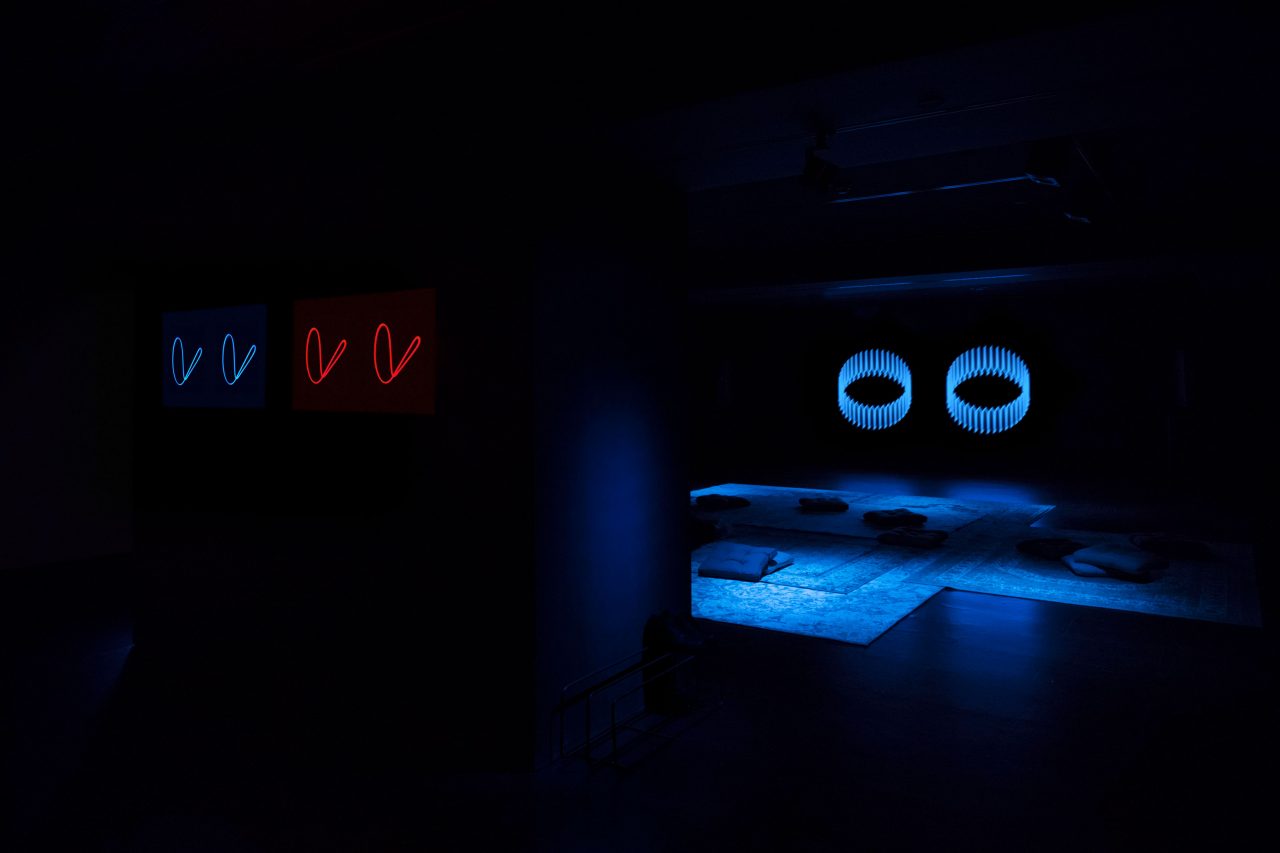
Installation view, Catherine Christer Hennix
Image courtesy of the artist and Empty Gallery.

Nur (For Marian Zazeela), 2005
Sonoilluminecences, 2018
Image courtesy of the artist and Empty Gallery.
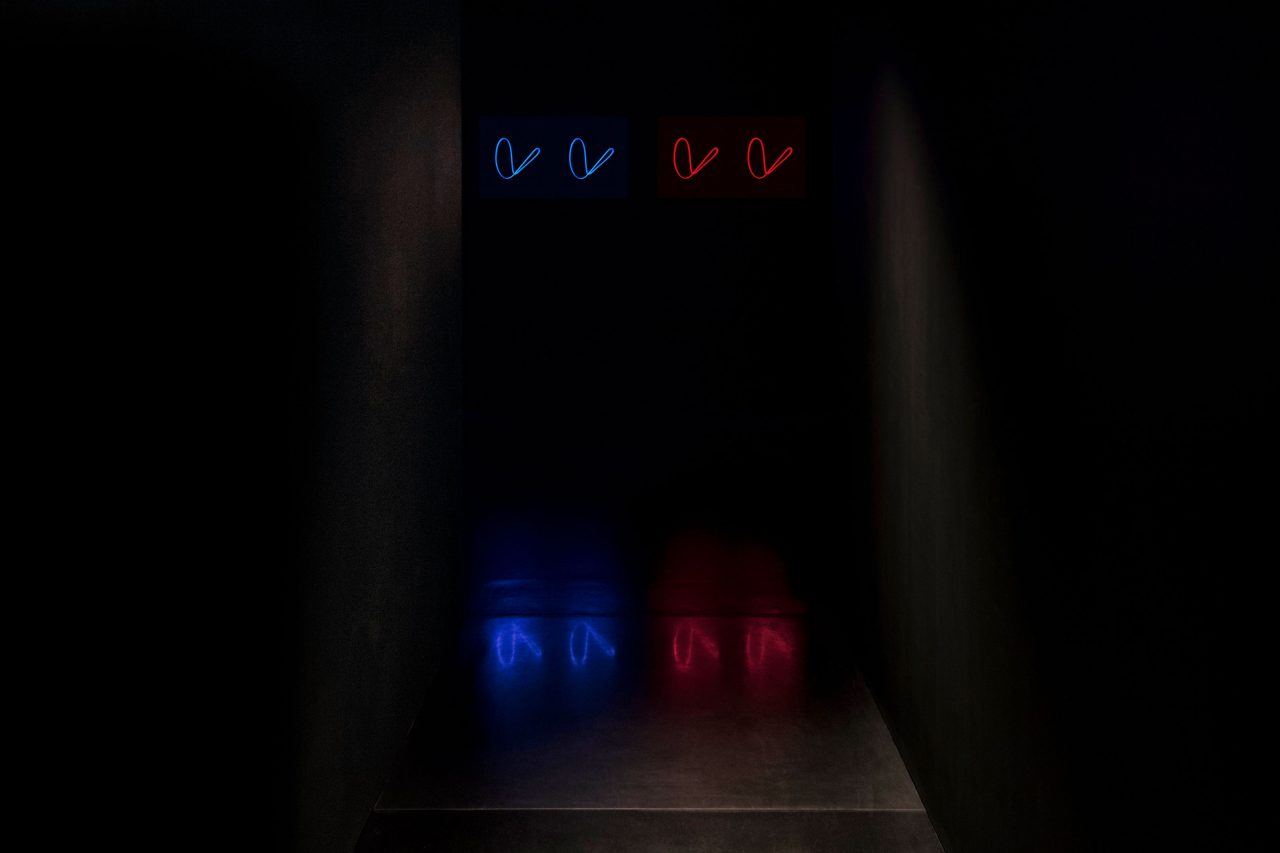
Toposes, 1974/2018
Topos #3, Topos #4
Image courtesy of the artist and Empty Gallery.
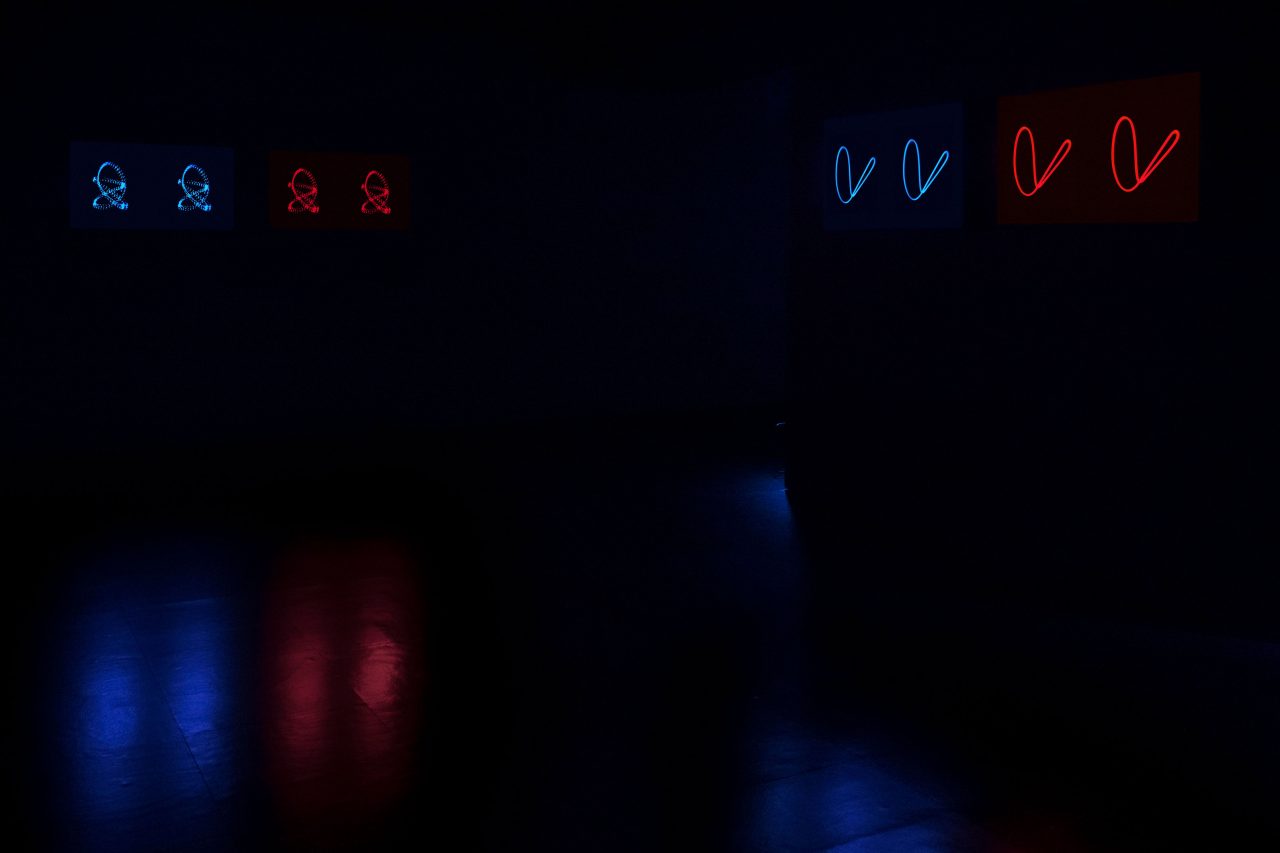
Toposes, 1974/2018
Topos #3, Topos #4, Topos #5, Topos #6
Image courtesy of the artist and Empty Gallery.
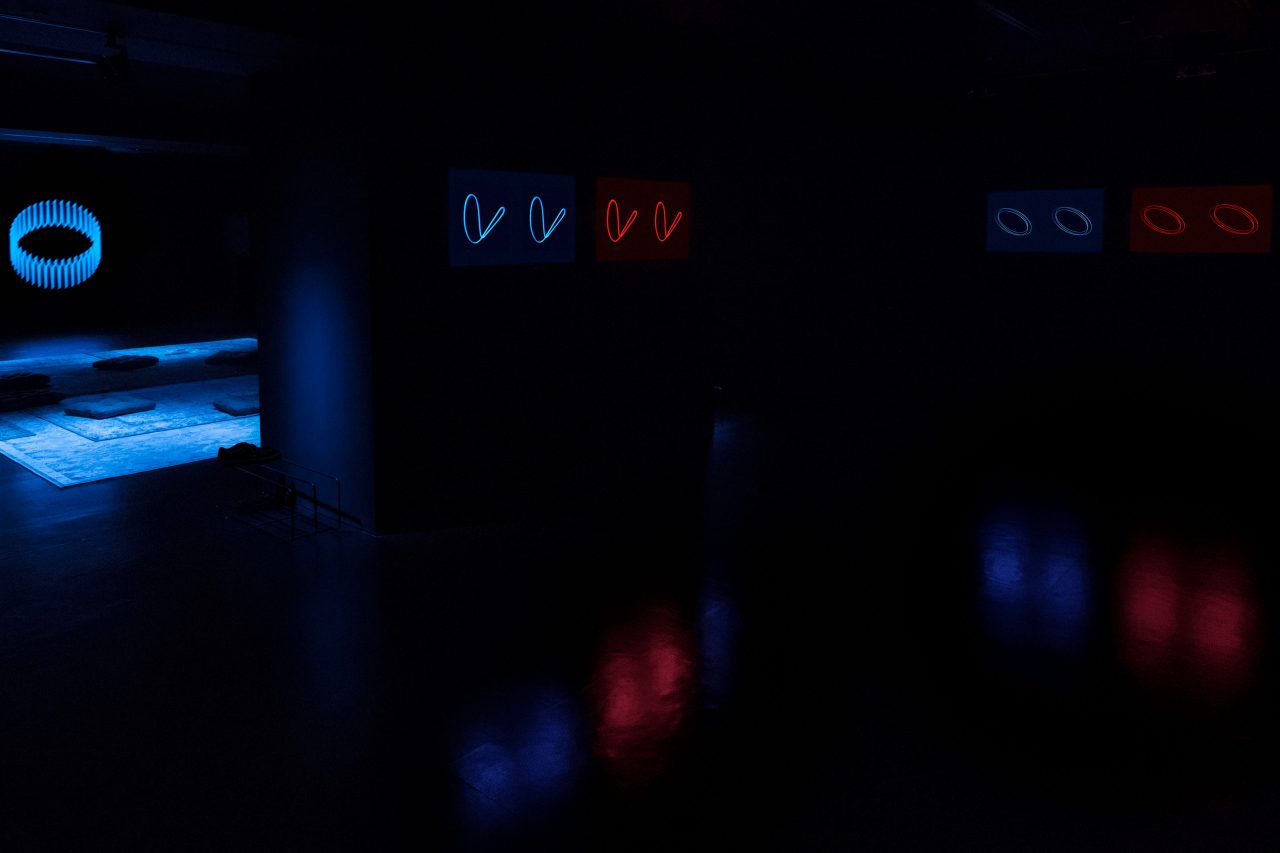
Toposes, 1974/2018
Topos #1, Topos #2, Topos #3, Topos #4
Image courtesy of the artist and Empty Gallery.
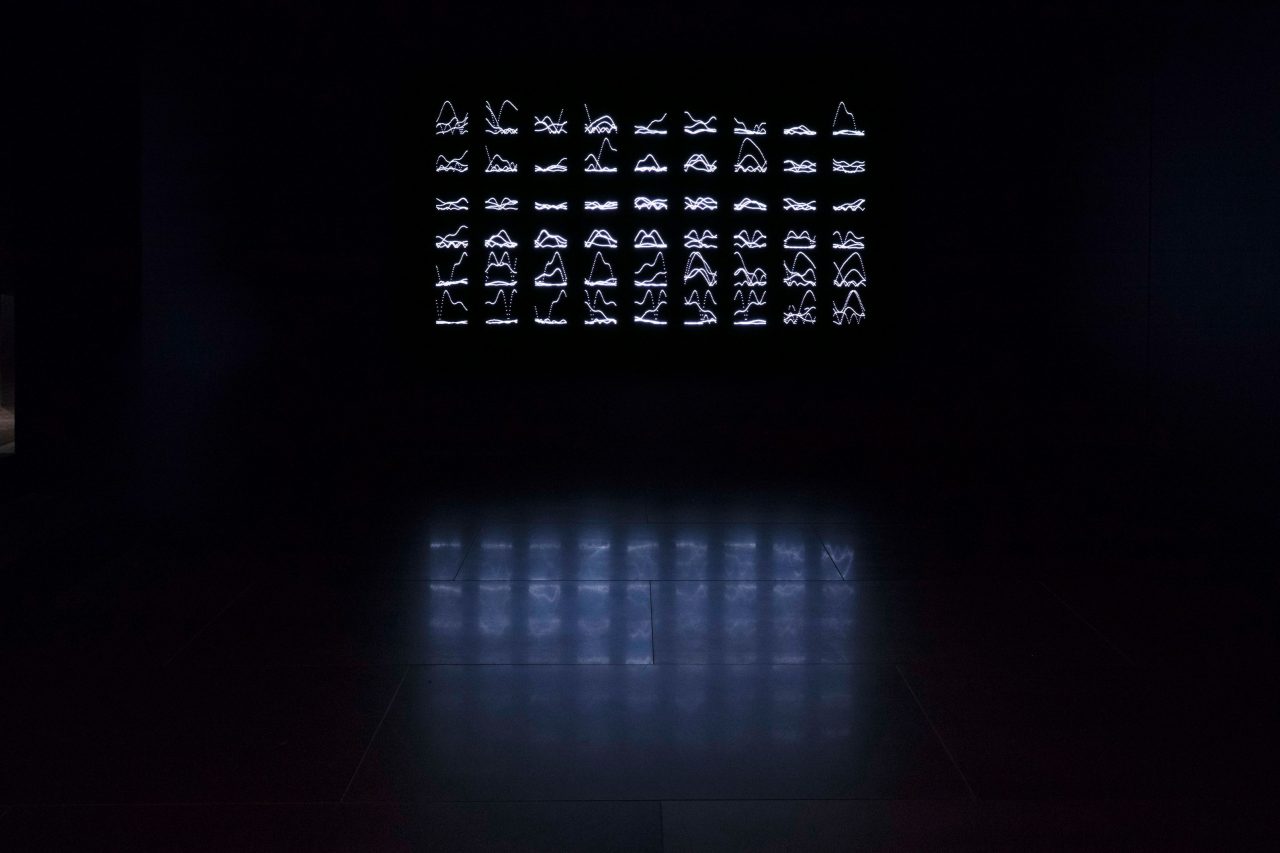
Fragments from LINCOS (For Intergalactic Communications), 1969/2018
Image courtesy of the artist and Empty Gallery.
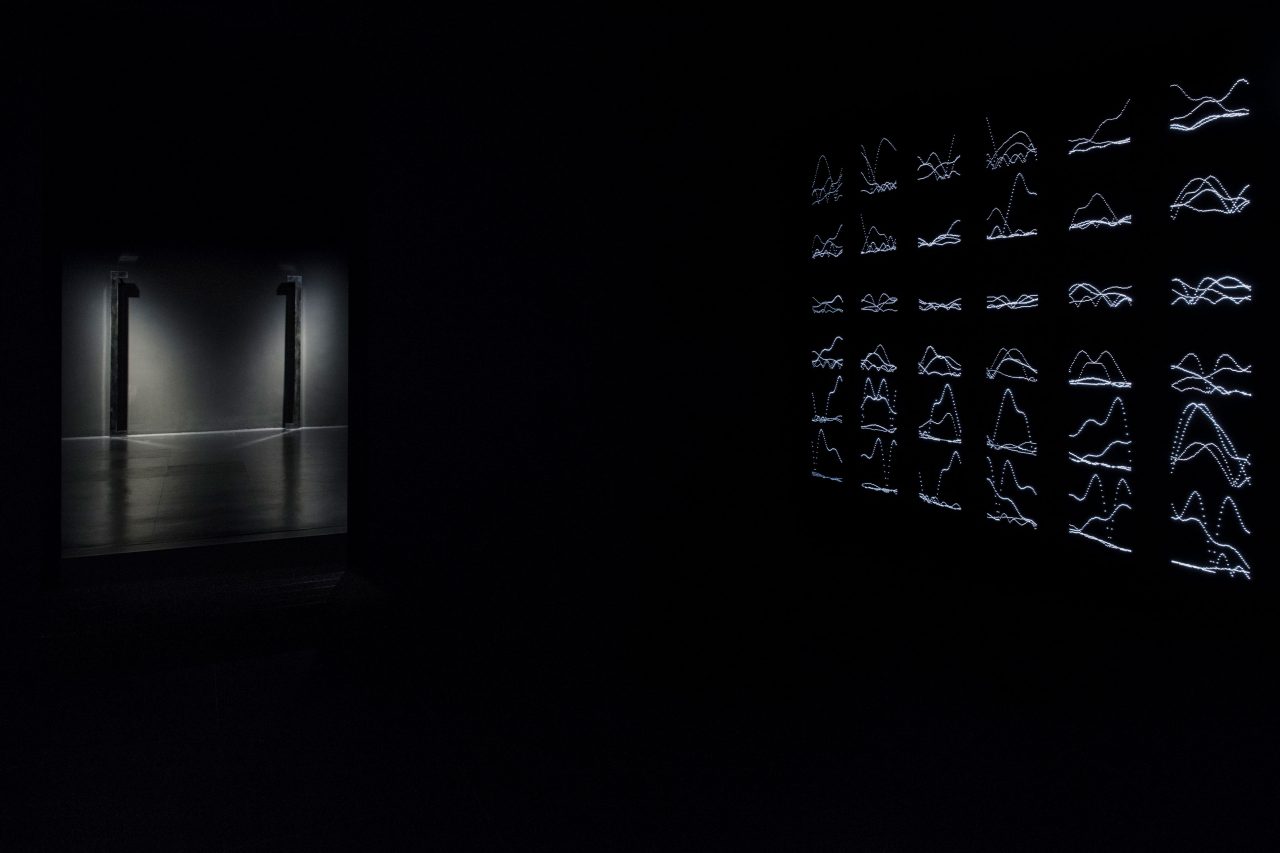
Installation view, Catherine Christer Hennix
Image courtesy of the artist and Empty Gallery.
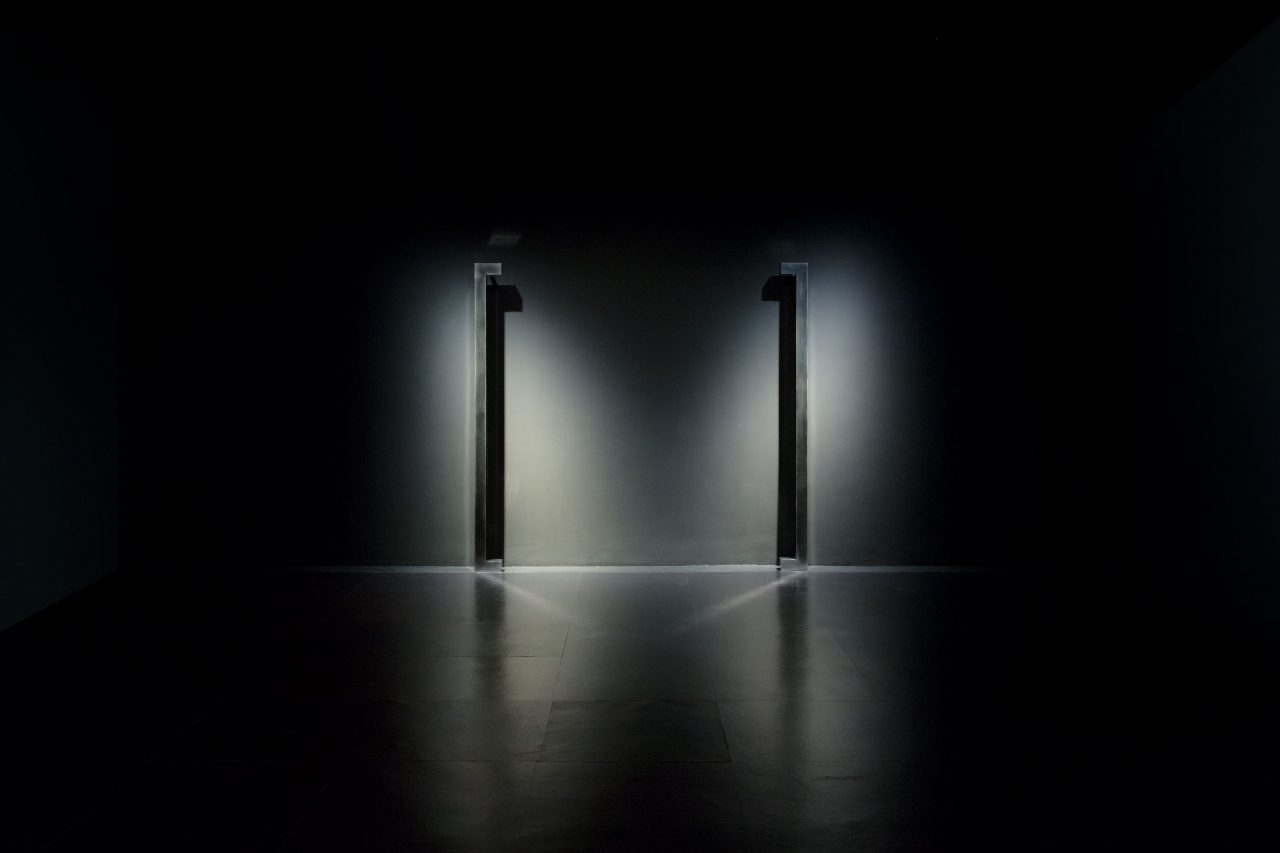
Brackets, 1976/2018
Image courtesy of the artist and Empty Gallery.
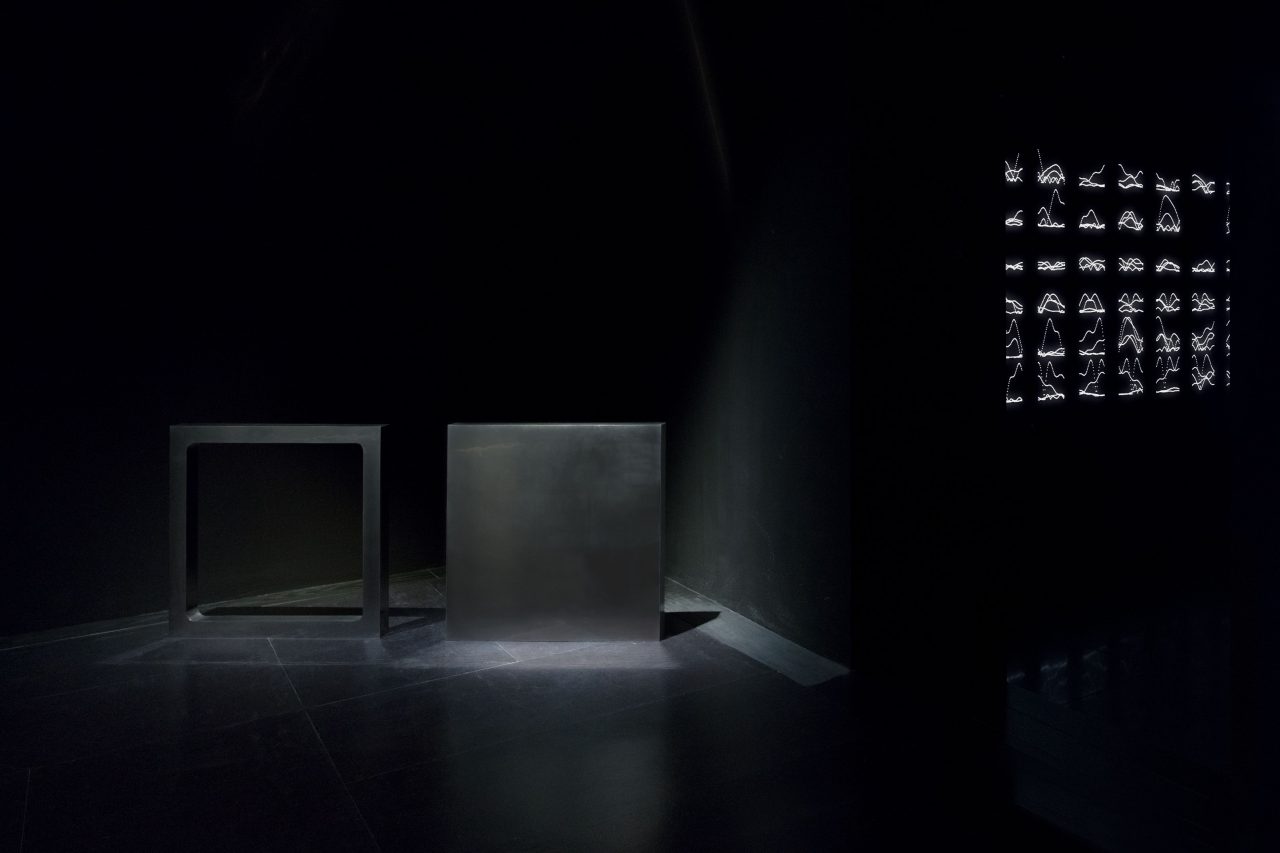
The Least Measurable Cardinal, 1973/2018
Image courtesy of the artist and Empty Gallery.
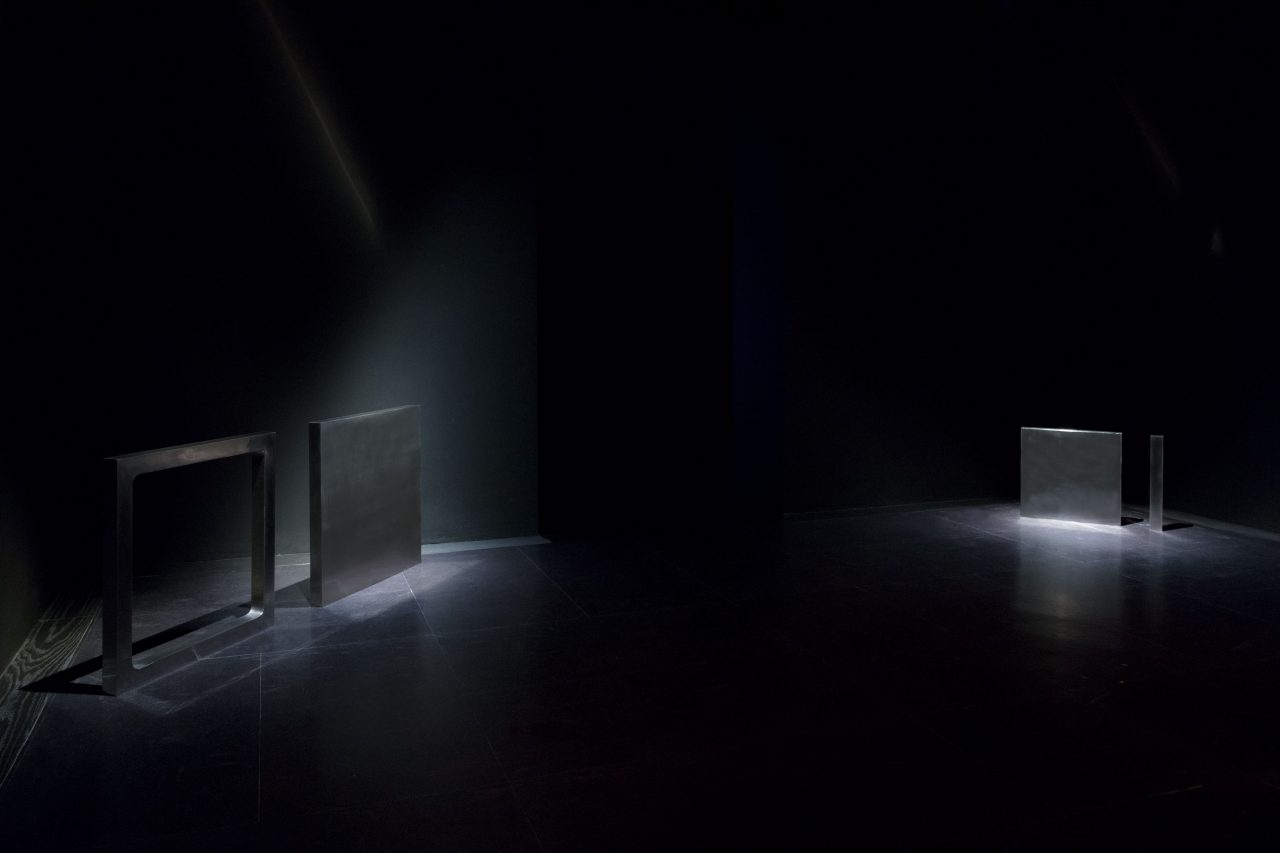
Installation view, Catherine Christer Hennix
Image courtesy of the artist and Empty Gallery.
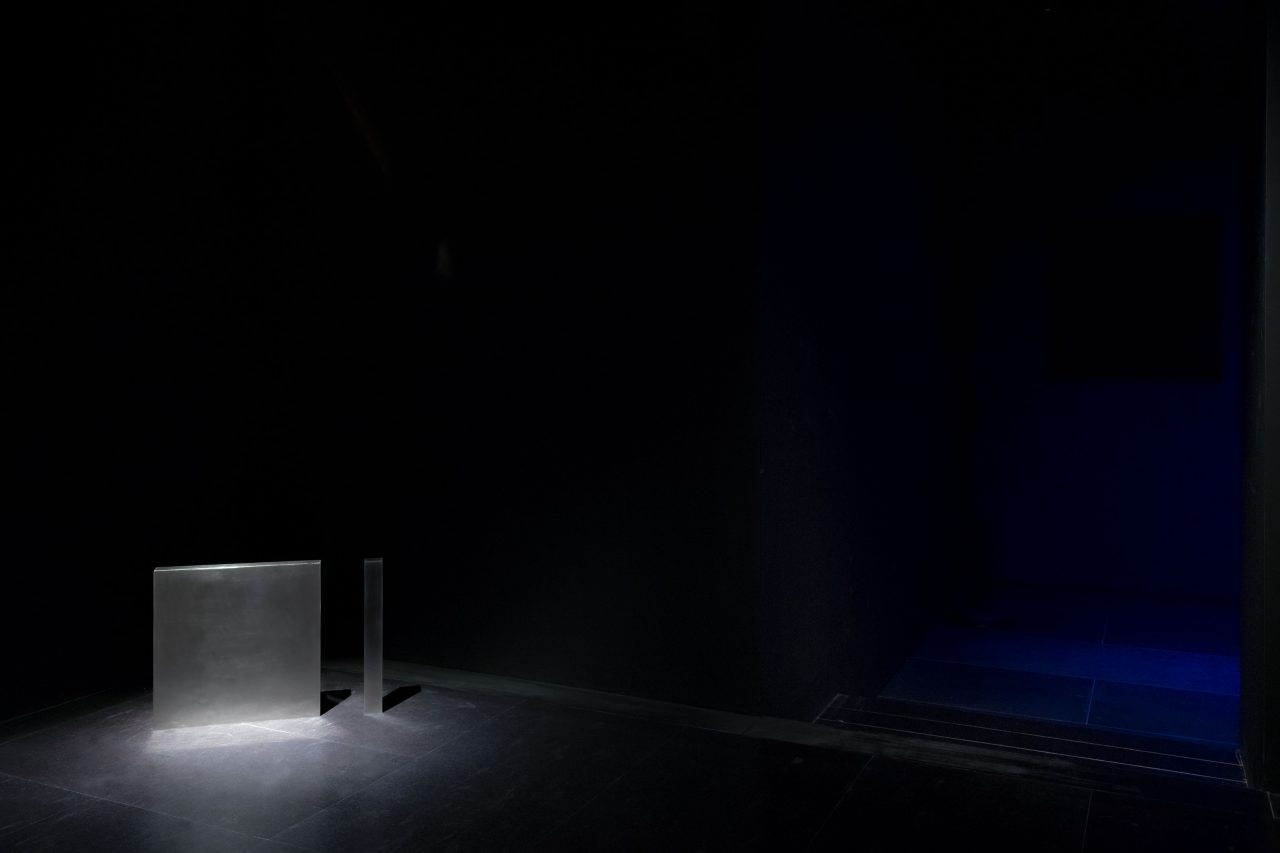
The Least Non-Measurable Cardinal, 1975/2018
Brouwer’s Bar, 1975/2018
Image courtesy of the artist and Empty Gallery.
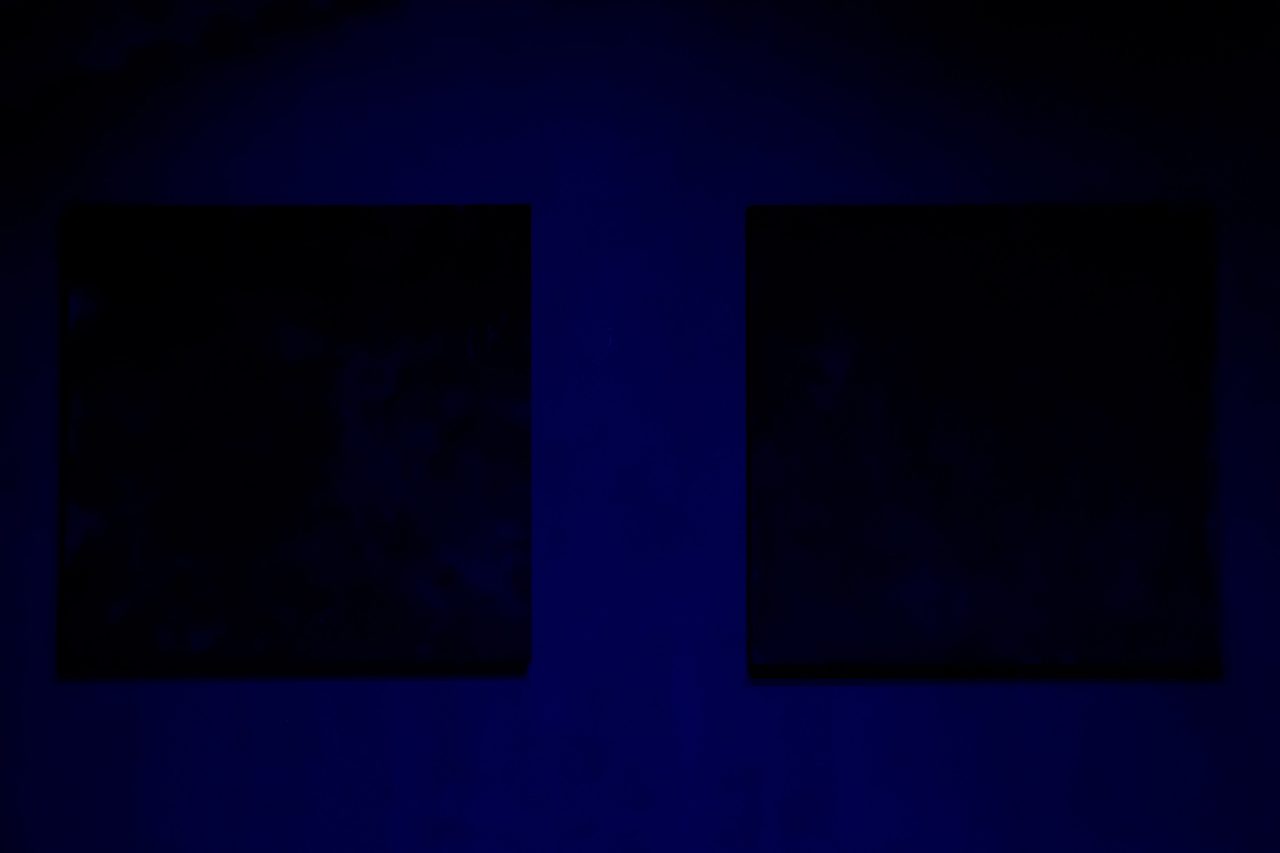
Two Topologies, 1976/2018
Image courtesy of the artist and Empty Gallery.
Thresholds of Perception is the first exhibition in Asia and the most comprehensive gallery survey to date showcasing the work of Swedish avant-garde composer, poet, mathematician, and visual artist Catherine Christer Hennix (b. 1948).
Hennix’s work was deeply influenced by her early years in 1970s Downtown New York where she cultivated lasting friendships with a number of key figures at the center of the scene’s artistic developments—including such luminaries as Henry Flynt, Dick Higgins, Alison Knowles, Walter De Maria, and perhaps most importantly, La Monte Young and Marian Zazeela. It was through Young that Hennix met and eventually became the disciple of Hindustani musician Pandit Pran Nath whose ideas regarding sustained tones and non-Western tuning systems would become central elements in Hennix’s artistic practice.
Thresholds of Perception looks both into and beyond her musical compositions, for which she’s best known, and serves as an introduction to the breadth and complexity of her visual practice and by extension, her philosophical thought. Hennix received her peers’ artistic innovations through the lens of her unique academic background, which involved studies in philosophy, mathematics, and computer science. Her studies have manifested, too, in a wide body of mathematical and philosophical texts that betray diverse influences, such as Islamic philosophy, linguistics, Intuitionist mathematics, and Noh theater. Hennix’s visual art, often created as a complement or outgrowth of her music and writing, can best be understood as an attempt to express her idiosyncratic system of thought through non-literary means.
Following Traversée du Fantasme, Hennix’s recent solo exhibition at The Stedelijk Museum in Amsterdam, Empty Gallery’s presentation showcases a mixture of re-imaginings and recreations of historical pieces drawn from Hennix’s notebooks, including works from Toposes and Adjoints — her seminal 1976 exhibition at the Moderna Museet in Stockholm. These works collectively showcase Hennix’s gift for adapting formal strategies from minimalist painting and sculpture towards the function of expressing her own highly personal intellectual cosmology.
On the gallery’s upper floor, Hennix has installed a newly realized body of work dealing with the idea of “tuned waveforms” in their multiplicity as recursive aural, visual, spatial, and conceptual phenomena. This space is dominated by a site-specific installation consisting of sustained sine-wave tones and slow-moving projections, which Hennix has conceived partially in homage to La Monte Young and Marian Zazeela’s Dreamhouse. A series of light-boxes printed with visual representations of tuned waveforms—originally created at the EMS (Electronic Music Studio) in Stockholm during the 1970s—accompany the installation.
On the lower floor, Empty Gallery presents a series of reconstructed pieces from Hennix’s 1976 Toposes and Adjoints exhibition. These pieces include a series of minimalist stainless steel sculptures which Hennix intended as a response to Walter De Maria, a frieze-like arrangement of self-invented glyphs which Hennix refers to as “infinitary drawings”, and a pair of “soot paintings” in which squares of mirrored aluminum have been transformed into black monochromes through the gradual deposition of match soot.
Describing these last works in relation to Hennix’s overall practice, the poet Charles Stein has stated that “just as the soot paintings begin with a blank mirror space and end with a return to the original condition of blackness, so too do Hennix’s theoretical structures build up from fundamentally ‘empty concepts’ and collapse all the structure generated back into a recapitulated emptiness at the end (while at the same time allowing a phantasmagorically rich array of mathematical structures and possibilities to shimmer before the contemplating intellect in passing).” This description could be taken as an apt summary of Hennix’s work as a whole, in which modular concatenations of signs are mobilized, not in order to communicate a specific meaning, but in order to generate a space of reflection and self-illumination in the spectator.
Catherine Christer Hennix (b. 1948) started her creative career playing drums with her older brother Peter growing up in Sweden. In the mid-1960s she saw jazz luminaries such as John Coltrane, Eric Dolphy, Dexter Gordon, Archie Shepp, and Cecil Taylor perform at the Golden Circle, Stockholm. Directly after high school, Hennix went to work at Stockholm’s pioneering Elektronmusikstudion (EMS), where she helped develop early synthesizer and tape music. After traveling to New York In 1968, she met Dick Higgins and Alison Knowles and developed a fruitful relationship with many composers in the burgeoning American avant-garde, including, most significantly, Henry Flynt and La Monte Young. Young introduced Hennix to Hindustani raga master Pandit Pran Nath, and she would later study intensively under him. During this time Hennix led the just-intonation live-electronic ensemble The Deontic Miracle, drawing inspiration from Japanese Gagaku music and the early vocal music of late-Middle Age composers Perotinus and Leoninus. In 1976 the ensemble would perform Hennix’s original compositions as part of Brouwer’s Lattice at the Moderna Museet in Stockholm, which was followed later that year at the same institution by Hennix’s first ever exhibition, Topos and Adjoints.
While Hennix continued to make music performing alongside Henry Flynt, Marc Johnson, Arthur Russell, and Arthur Rhames, she also served as a professor of Mathematics and Computer Science at SUNY New Paltz and as a visiting Professor of Logic (at Marvin Minsky’s invitation) at the Massachusetts Institute of Technology’s Artificial Intelligence Laboratory. She currently lives and works in Berlin, Germany, where she is active as a composer and writer. A two-volume collection of her writing is to be published by Blank Forms Editions, as well as a series of archival recorded releases forthcoming through a co-production between Empty Editions and Blank Forms Editions.